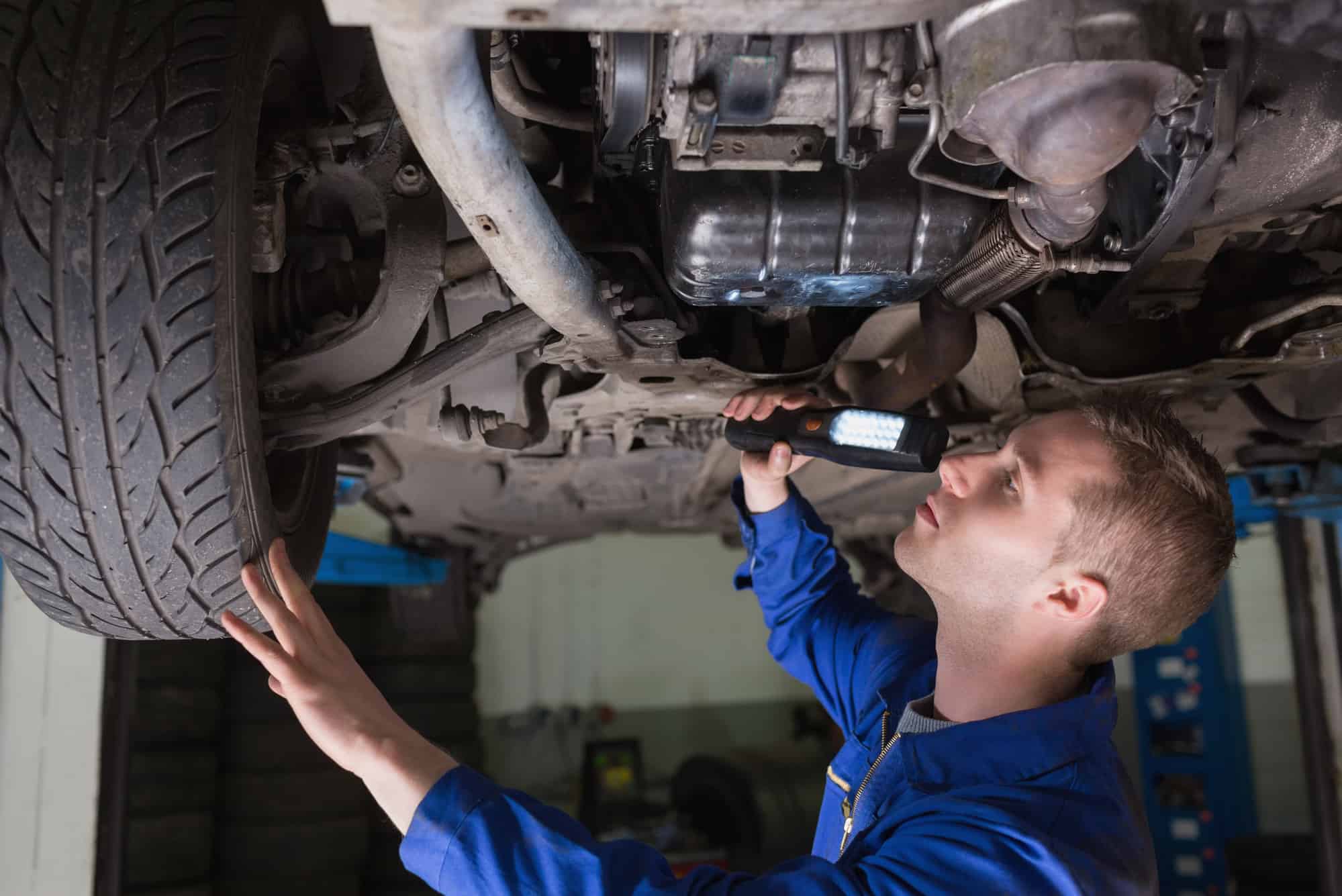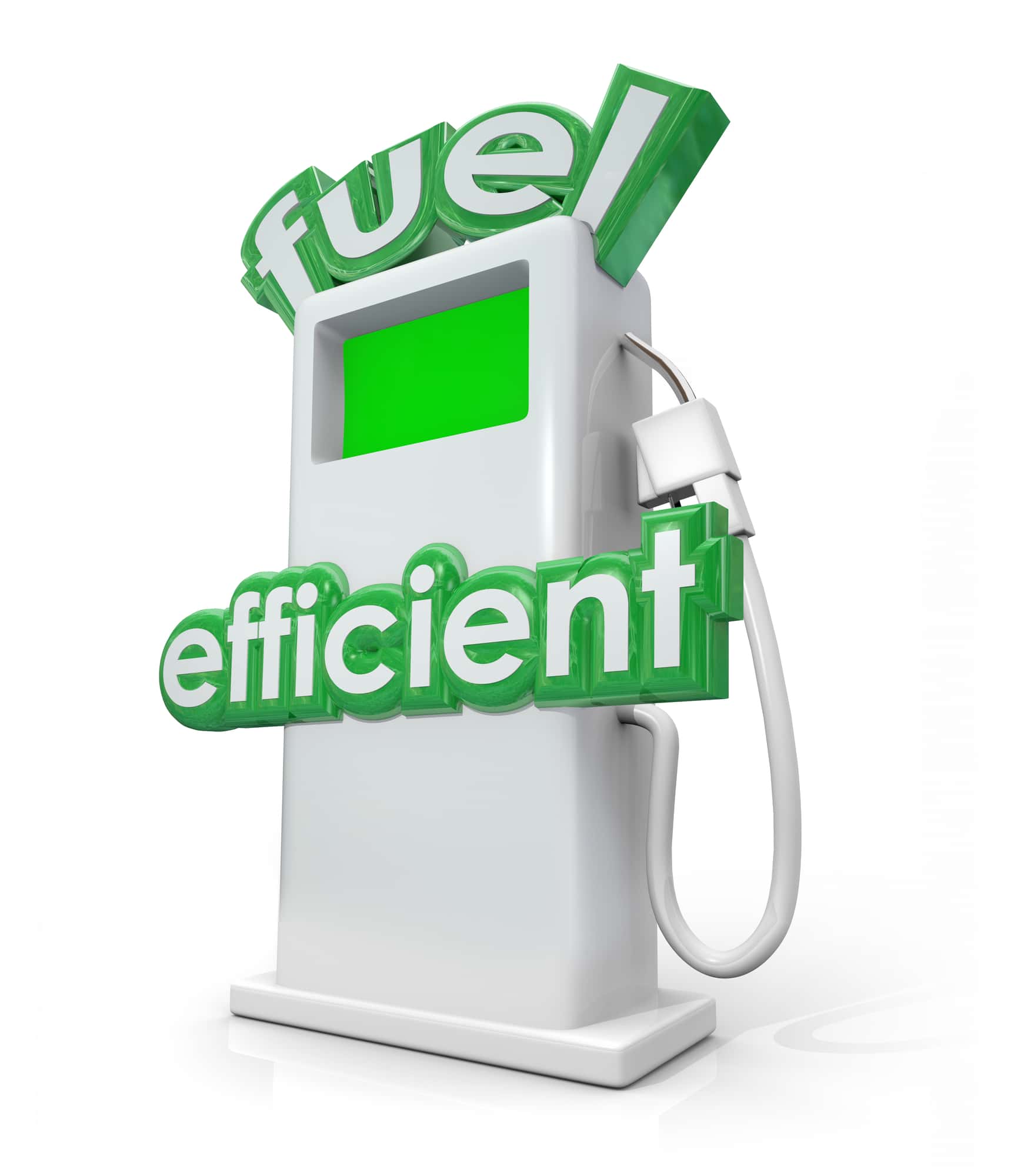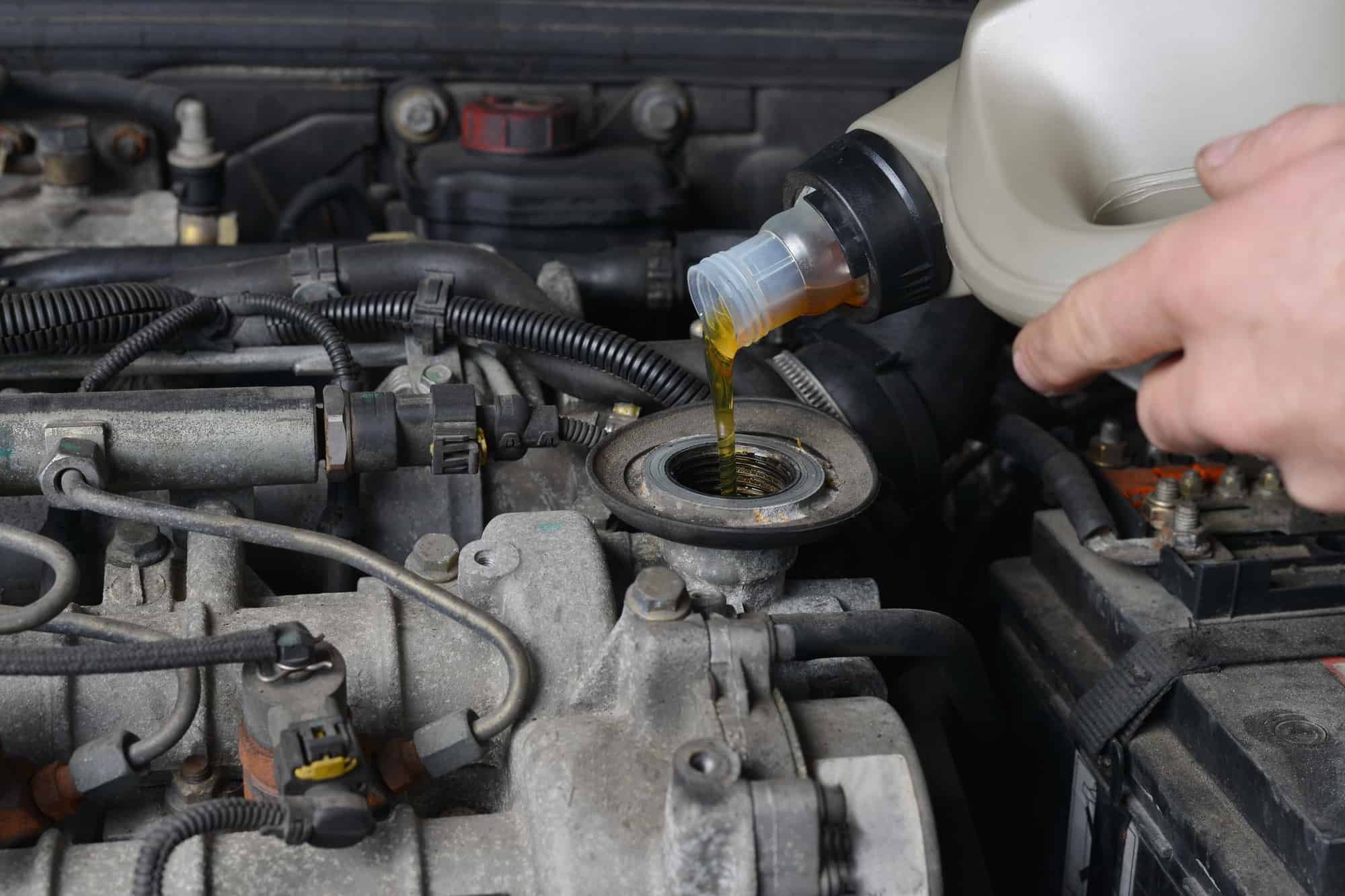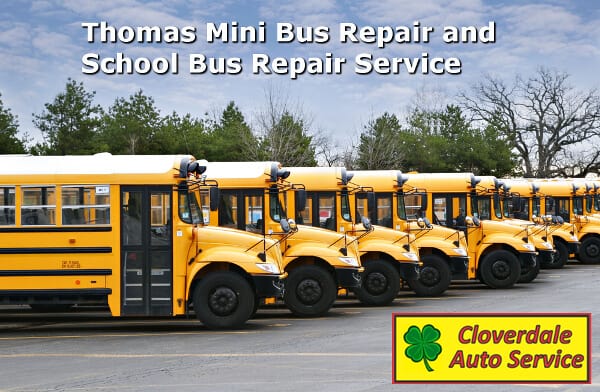If you want to keep your car running like new for as long as possible, you are likely wondering what steps you should take to reach your goal. Having a few things in mind and keeping up with standard maintenance can do wonders for any car, and you will be pleased with the outcome. You can avoid many costly repair fees and let your car consume as little fuel as possible, saving you money in transportation costs. A well-maintained car will run properly and be there for you when you need it the most, and this guide shows you where to begin.
Change the Oil
An adequate supply of clean oil is important for the smooth operation of your vehicle. Oil allows the parts of your engine to work together and do their job without stress that could cause damage. Your engine will keep you moving as long as you don’t forget to change your oil on a regular basis. Engines with low or dirty oil encounter friction that can damage vital components before long, a mistake nobody would want to make. In most cases, you can do well by changing your oil every 3,000 miles under normal driving conditions.
Check Transmission Fluid
Transmission fluid lets your engines switch gears so that you can have the power you need to drive down the road. Of all the things that could go wrong with a car, the transmission is one of the most expensive. Make sure your transmission is in top shape unless you want to shell out the cash for the repairs. One of the most important things you can do is keeping your transmission fluid level where it should be. If you don’t know how to check the transmission fluid, ask the staff to do it the next time you change your oil.
Suspension System
Making up your suspension system, your struts, springs, shocks and tires are critical for keeping your car on the road and you in control. If your suspension system runs into problems along the way and you fail to address it, you could find yourself facing other issues.
For example, those who don’t fix suspension problems could notice uneven tire wear, which could cause the tire to go flat or burst. Look in your owner’s manual to see how often you should replace your suspension if you don’t want to end up in a bad position, and you will save yourself a lot of money over the long run.
Final Thoughts
Getting the most from your car is not hard but requires you to keep up with routine maintenance. Putting in a little effort can take you far when your mission is to keep your car on the road for years to come. Even if you don’t plan to keep the same car forever, taking care of it now improves the resell value in the future.
Changing the oil on time and keeping up with other issues is a smart move you don’t want to overlook if you care about the performance of your car. The tips you have learned empower you to reduce the odds of breakdowns and other problems.
Cloverdale Auto Service is the Best in Winston Salem, NC when it comes to Auto Repair.
OUR SERVICE COMMITMENT:
Our commitment to you is to provide timely and consistent automotive services with integrity, quality, and value. We ensure that each and every client experiences the highest standard of customer assistance and satisfaction. Our experienced staff of highly skilled technicians and customer service representatives provides professional service in a relaxed, clean and friendly environment. We feel comfortable saying that once you try our service you won’t go anywhere else. (If you feel like your mechanic is practicing at your expense or you’re not quite sure that you trust them, it’s time to see us!)












